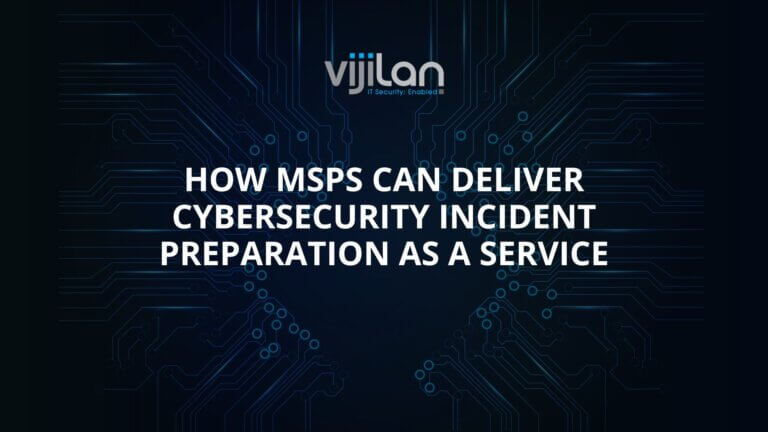Protecting Microsoft 365 Against Business Email Compromise
Business Email Compromise (BEC) is a sophisticated cyberattack that uses social engineering tactics to trick users into transferring money or sensitive information. BEC attacks are on the rise, with losses estimated to be in the billions of dollars. One common vector for BEC attacks is through email, and as more businesses adopt cloud-based productivity tools like Microsoft 365, the risk of a successful BEC attack increases. In this blog post, we will discuss best practices for securing Microsoft 365 against BEC attacks.
Enable Multi-Factor Authentication (MFA)
One of the most effective ways to protect against Business Email Compromise attacks is to enable multi-factor authentication (MFA) on all user accounts. MFA adds an additional layer of security beyond a password by requiring a second form of authentication, such as a fingerprint scan or a code sent to a user’s phone. By enabling MFA, businesses can significantly reduce the risk of a successful BEC attack, as cybercriminals will need access to both the user’s password and their second form of authentication.
Train Employees on Email Security
Another essential best practice for securing Microsoft 365 against Business Email Compromise attacks is to train employees on email security. BEC attacks rely on social engineering tactics, such as impersonation or deception, to trick users into transferring money or sensitive information. By training employees on how to recognize these tactics, businesses can significantly reduce the risk of a successful BEC attack. Employees should be trained to verify the identity of the sender, double-check email addresses and links, and report any suspicious activity.
Implement Advanced Email Security
Microsoft 365 includes built-in email security features, such as Exchange Online Protection (EOP) and Advanced Threat Protection (ATP), which can help detect and block Business Email Compromise attacks. EOP provides basic email filtering, while ATP adds additional layers of protection, such as phishing protection, anti-malware, and safe links. However, cybercriminals are constantly evolving their tactics, and these built-in features may not be enough to protect against the latest threats. Businesses should consider implementing advanced email security solutions, such as email filtering and sandboxing, to provide additional layers of protection.
Monitor for Suspicious Activity
Another best practice for securing Microsoft 365 against Business Email Compromise attacks is to monitor for suspicious activity. Businesses should use a security information and event management (SIEM) system to monitor for unusual activity, such as login attempts from unfamiliar locations or failed login attempts. Additionally, businesses should use tools like Microsoft Cloud App Security to monitor for suspicious activity, such as unusual file sharing or data exfiltration.
Have a Response Plan in Place
Despite best efforts to prevent Business Email Compromise attacks, businesses should still have a response plan in place in case of a successful attack. This plan should include steps for isolating the affected account, notifying law enforcement, and communicating with customers or partners. By having a plan in place, businesses can minimize the impact of a successful BEC attack and reduce the risk of further damage.
Conclusion
BEC attacks are a growing threat to businesses of all sizes, and Microsoft 365 is a common target for these attacks. By implementing these best practices, businesses can significantly reduce the risk of a successful BEC attack. However, securing Microsoft 365 against BEC attacks requires a comprehensive approach that includes training employees, implementing advanced email security, and having a response plan in place. Businesses can also benefit from partnering with a trusted cybersecurity provider like Vijilan Security, which can provide 24/7 threat monitoring, incident response, and vulnerability assessments to ensure the security of their Microsoft 365 environment.




